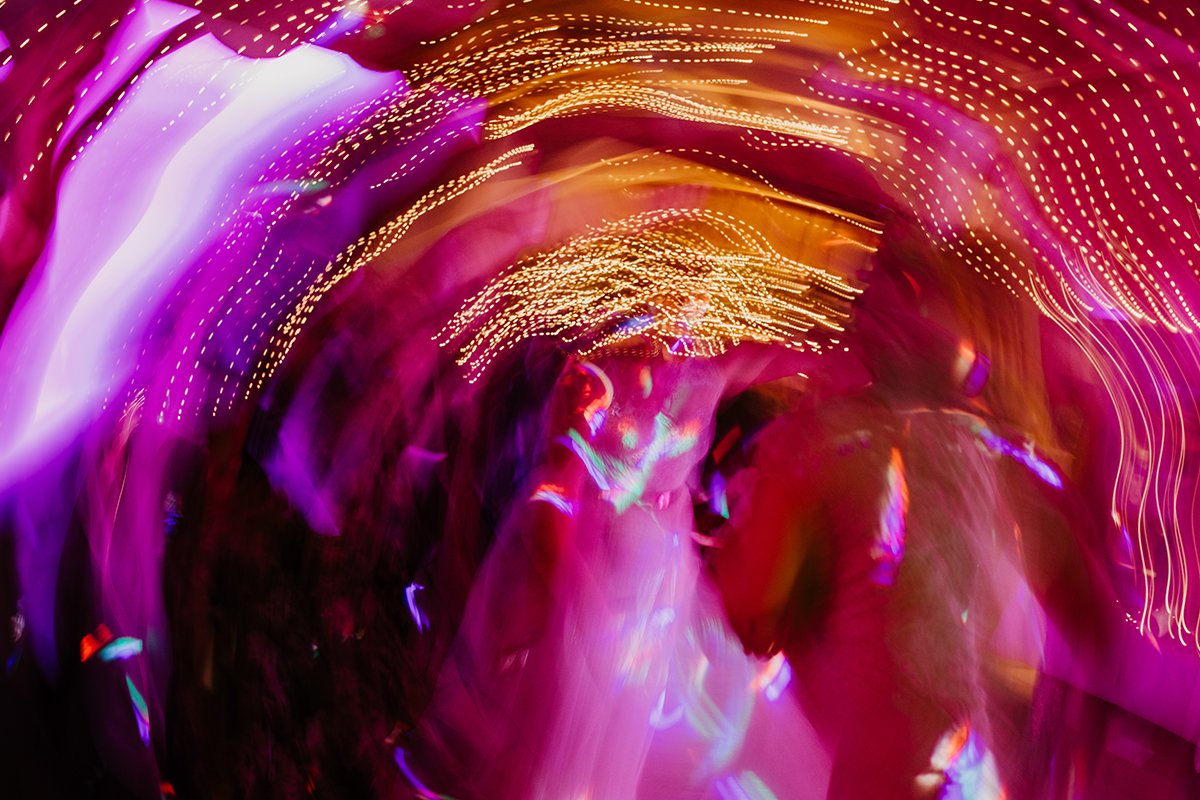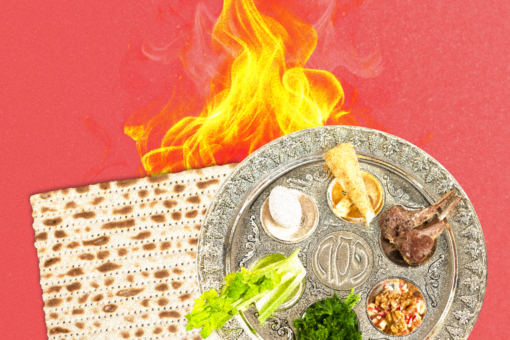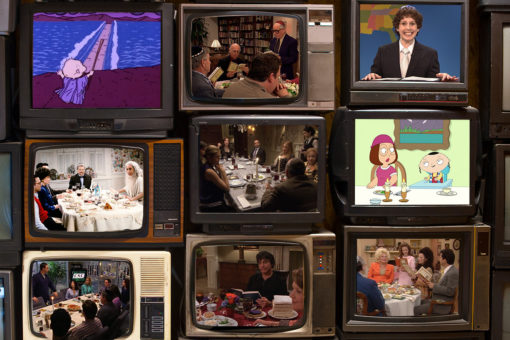On May 22, 2010, I had my first bat mitzvah at age 13. Back then, I went by a different name, used different pronouns, was deeply repressing my sexuality, and lived in an abusive and queerphobic home.
My Jewish community was “traditional non-egalitarian.” Women were not permitted to lead services or have an aliyah. They weren’t allowed to chant the haftorah, or even stand on the bimah during a service. As someone assigned female at birth, I was resigned to celebrating my bat mitzvah not by actually reading the Torah, but by giving a dvar Torah — a speech about the Torah portion — on a Shabbat morning.
Last year was my chance for a redo. I celebrated my bat mitzvah again, but this time as my true, authentic self. This event not only signified when I first chanted Torah, but also the other changes in my life leading up to that moment: coming out as non-binary, recovering from a traumatic childhood, and finding a chosen family that loves and affirms me. At the end of the service, my rabbi had me stand in the center of the room as all my guests gathered and placed a hand on me or each other, creating a chain of unconditional love, and collectively blessed me. I wasn’t the only one who cried.
Looking at my original bat mitzvah photos, I can barely recognize myself. I could almost say that a whole different person is in that picture, and that last year’s bat mitzvah is the “real” me.
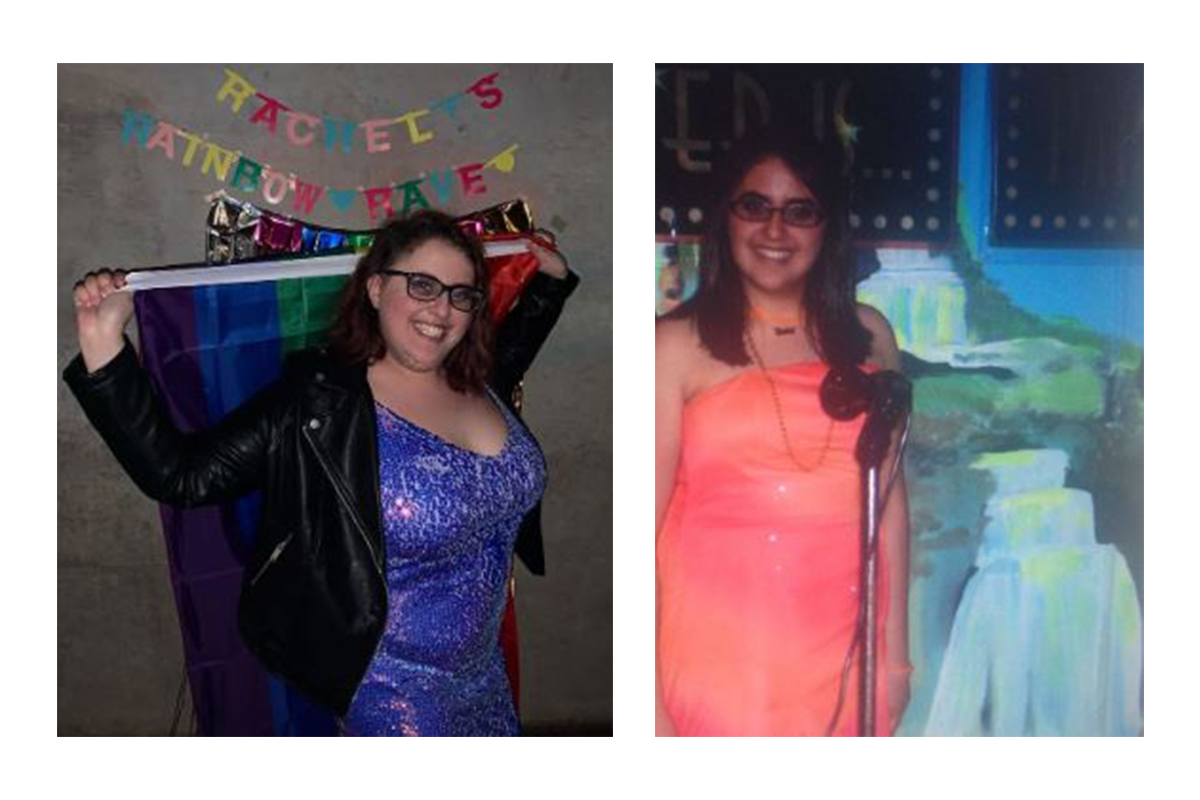
Describing my journey this way — I was a different person then, and now I have completely “transformed” into a new person — is tempting. Many queer folks, trauma survivors, and people in recovery are pressured to fit into this box of transformation. Although each individual’s transition is different, recovery programs and uplifting queer messages like the “It Gets Better” Campaign all tell of the same “before and after” story; once you were struggling and lost, but now you have “found your true self” and your life will soon change for the better!
I’m sorry to say this is a gross oversimplification of most transition journeys — and an inherently Christian perspective at that.
Let’s look at the classic Christian hymn “Amazing Grace.” The lyrics read, “I once was lost, but now am found/Was blind but now I see.” This is a Christian tale of how the singer found Jesus, was “saved,” turned from sin, and now has a better — different! — life. Society’s view of coming out follows a very similar narrative: things were bad, but now I know who I am and have a life worth living! In Tongues Untied: Memoirs of a Pentecostal Boyhood, Michael Warner, a queer atheist, writes about his time before coming out as “another life.” He realizes that this language is similar to language he used when he “witnessed” during his Christian upbringing. “Witnessing” is a Christian practice of giving public testimony of one’s faith and how finding Jesus has allowed them to overcome sin, be saved, and begin a new life.
Neither coming out, nor any major transition, is that simple. It’s true that some queer people may be affirmed by this rhetoric, such as trans people who view their transition as becoming a new person with a new life, yet for many queer folks including myself, this narrative is too simplistic and static. People who are out of the closet must repeatedly re-“out” themselves, and rarely do we face universal understanding and acceptance all at once.
Queerness is a constant and complex process of self-discovery and challenging society’s ideas of gender and sexuality. So is recovery. I am not the same person I was when I came out publicly last October; I am not even the same person I was before my therapy session this week. I am in a constant state of growth. Some changes are bigger than others, and some are not noticeable until later, if at all. Things are hardly perfect in any “new life.”
Michael Warner similarly recognizes how he discounted the fluidity and complexity of his coming out experience. With the help of a friend, Warner realized that his Christian way of looking at his coming out had ignored his continuous journey and disregarded how much his past has shaped him to be the person he is today. I have a similar problem with the “transformation” framework; 2010 was not a separate life, because it shaped and continues to shape me still.
Acknowledging how all my experiences have influenced the person I am today means holding both the good and bad pieces. This is hard to do. As this genderqueer person knows, society loves binaries. Many expect me to paint my non-egalitarian Jewish upbringing as entirely negative. Yes, it was toxic, but that is not the whole picture. My past also gave me a deep sense of community, connection to tradition, and relationship with ritual that I carry with me every day. Similarly, when I remember my abusive childhood, there are still good moments; I fondly remember the times I was held, felt loved, and was cared for when I was sick. I am often afraid to admit these things about my “past life” out of fear that these nuances will lead people to invalidate my pain and suffering.
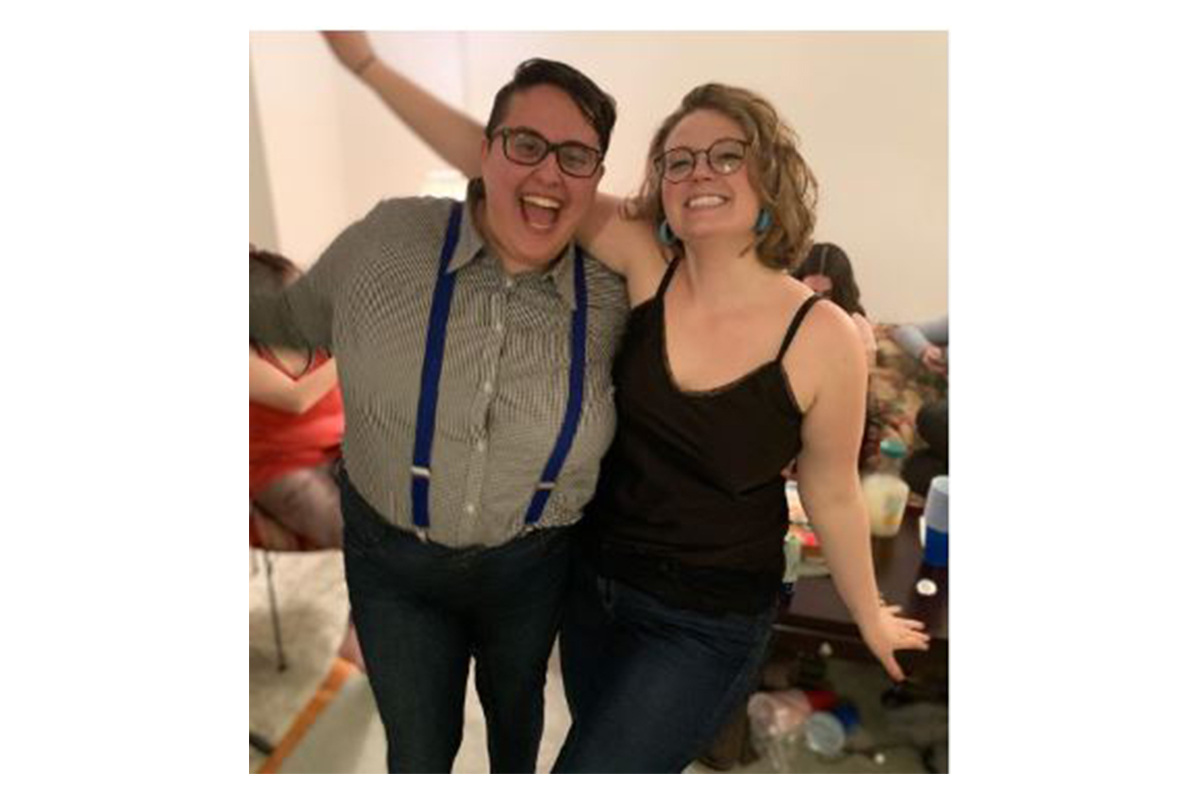
Every journey is complicated and fluid, and these nuances are valid. When I look at the photo from my first bat mitzvah in 2010, I see my pain and shame from religious exclusion, but I also see happiness and pride. When I look at the photo from my adult bat mitzvah in 2019, I see someone who thinks they know it all — but who is only just beginning a new journey. When I look at a recent photo of myself, I see someone who is still on their way.
Header image: Lisa Schaetzle/Getty Images.
